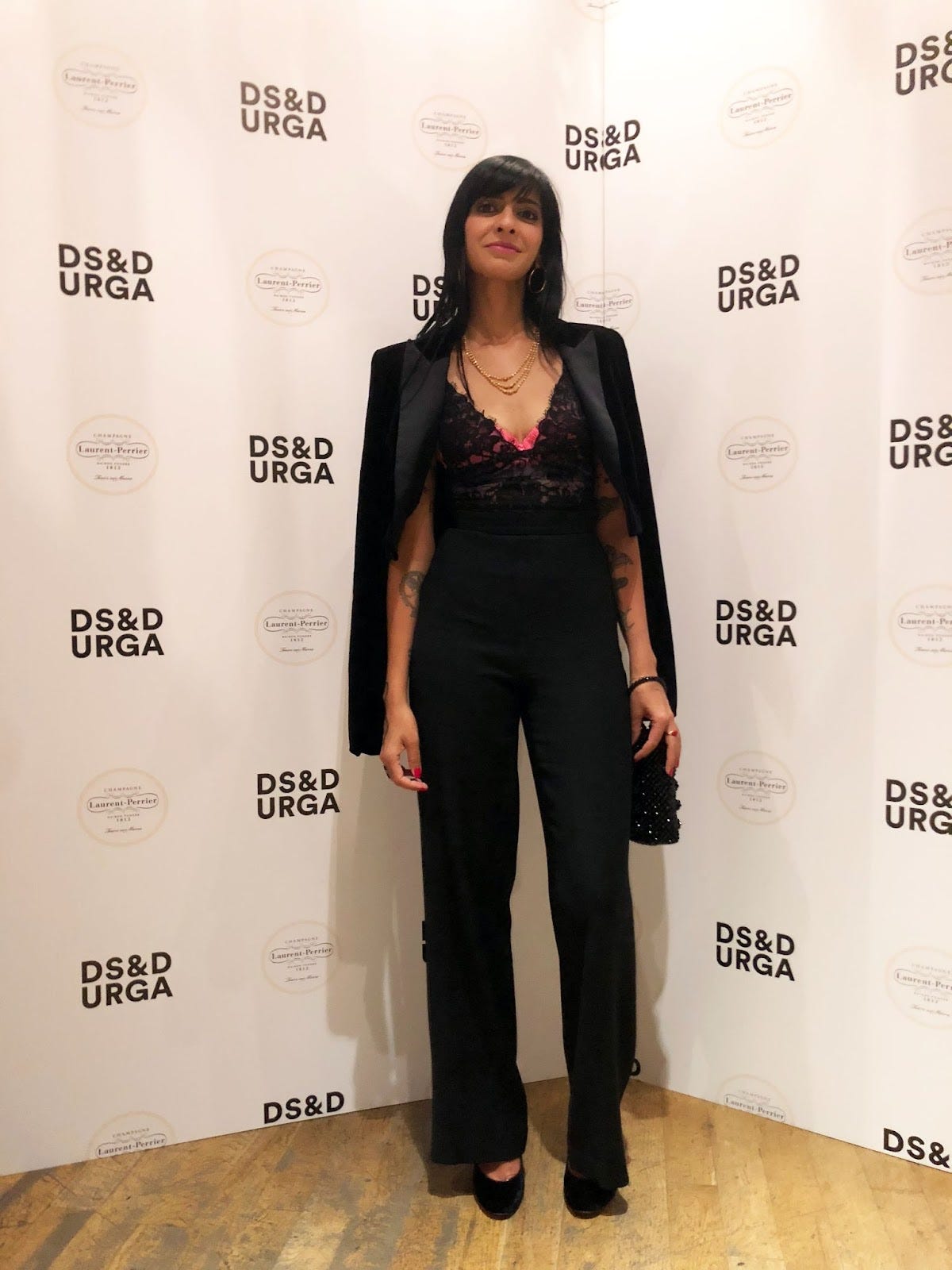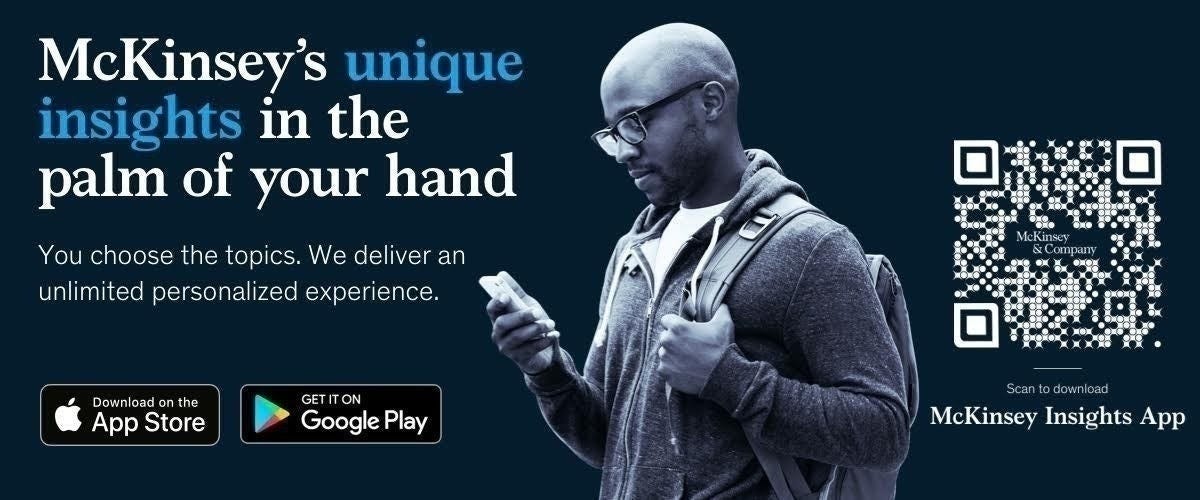We’ve been longtime fans of DS&Durga, and were first tipped to their work via friend of WITI Liz Lambert. Kavi Moltz (KM) and her husband David are partners in the brand and we’re pleased to call them friends. We have one-half of the creative duo on the page today, and will also get David to return to share his deep cuts in the near future. -Colin (CJN)
Tell us about yourself.
I founded D.S. & DURGA, a fragrance company, a little over 10 years ago with my husband, David Seth Moltz. At the time he was in a band and his stage name was D.S. He started calling me Durga, not after the Hindu goddess, but after the character in Satyajit Ray’s film. It stuck for the time being, enough to name us. He is a self-taught perfumer who has developed a unique style of making fragrance and handles everything scent-related and word-related for the brand. Storytelling is what we are about. I have the visual plan of what our world looks and feels like. Before DSD I was a practicing architect. My school, SCI-Arc, was a bit like a practical art school, so making perfume was just another project for us, it’s how we approached it from the beginning. We both just want to make things, and as the brand grows more of my time is spent in meetings and putting out fires, so I’m always looking to return to my headphones and desk to get back to designing something.
Describe your media diet.
Books all the time, even if I only get to 3-4 pages before bed. I start my day with WQXR, the NYC public classical radio station, and the New York Times mini crossword. It takes about a minute and jump-starts my brain. Sometimes my son and I do the regular crossword together while he’s having breakfast, but really only on a Monday, the rest of the days are beyond us both. I check the NY Times app throughout the day and try to get through a lot of it. I like a few newsletters in my email, like The Red Hand Files by Nick Cave, Lean Luxe, the Sunday dispatch from Ruby, After School, Perfectly Imperfect, Not Boring, Maybe Baby by Haley Nahman, and the very amusing Blackbird Spyplane, though I don’t get to read them very consistently. I also read a lot of food stuff, like The Bittman Project, Kitchen Projects for aspirational baking endeavors, and the Instagrams of Laila Gohar and Vilda Saskia Gonzalez for some beautiful food. If I take a long walk I listen to Maggie Gylenhall narrating Anna Karenina on audible, it’s very soothing. I like to glance at the Instagrams of Patti Smith and Radhi Devlukia for some wisdom and beauty. I also keep up with design happenings with Surface Magazine and Sight Unseen. Sometimes I listen to the How Long Gone podcast or the Eyewitness Beauty podcast to stay updated, to stay part of the conversation. So it’s a mix of real news, pop culture, trying to figure out Gen Z, fashion, design news, food, and beauty news, swirling around my head. I’m a very visual person so I mainly look at Instagram, but I think I would be interested in Twitter if I could figure it out.
What’s the last great book you read?
Two that stick out in my head are A Little Life by Hanya Yanagihara and East of Eden by John Steinbeck. I like a sweeping multi-generational story that I can sink my teeth into and get invested in. I get a little dizzy with all the above-mentioned newsletters that are around now, and I appreciate the ad hoc nature of them, the different, unfiltered, barely edited voices. But they are frantic in nature and I find more joy in reading stories.
What are you reading now?
Too Much and not the Mood by Durga Chew-Bose. Her prose is beautiful and she always seems to find the right words, which is pretty much what I admire most in the writing I choose to read. For this reason, I always love anything by Peter Schjedahl, and his essay The Art of Dying in the New Yorker is something I re-read every so often. I also find joy in occasionally reading this and this random obituary. I’ll also read anything on culture by Naomi Fry in the New Yorker, she just gets it. I’m also reading the very detailed biography of Bob Marley, Catch a Fire. It’s probably a little too long-winded for my needs but the cross-section of history and politics that shaped him and his legacy is pretty fascinating. Next up on my nightstand is the Richard Pevear and Larissa Volokhonsky translation of Demons, their translations are really the best.
What’s your reading strategy when you pick up a print copy of your favorite publication?
If I’m picking up print it’s to look at beautiful things, so that means Elle Decor and Architectural Digest. Cover to cover on a Sunday morning. And the beautiful Racquet Magazine. On Sunday, T magazine and the Styles Section.
Who should everyone be reading that they’re not?
Fiction. There is a lot of content these days and it’s often very distracting, fiction is what grounds me.
What is the best non-famous app you love on your phone?
Seek. It identifies all sorts of things in nature and my kids love to get details of bird species, plants, and weird mushrooms we find on hikes.
Plane or train?
Barring the fact that only a plane can take me to all the places I want to go, I choose train for the romance of it, or even if just for the satisfying sound of the timetable boards changing over.
What is one place everyone should visit?
Santa Fe. It is magical. The food is amazing, and one must go to the Shed, a rambling restaurant with the best red chile in the city. It’s also a very spiritual place, with excursions to Abiquiu and Chimayo. The landscape is stunning and you really get that very American west feeling of vastness.
Tell us the story of a rabbit hole you fell deep into.
Lolita. I recently re-read it after about 25 years, and also listened to the wonderful Lolita podcast. I first read it when I was maybe 15, and I didn’t actually understand that it was about a sexual predator and rape. It’s hard to read this time around, especially now that I have an 8 year old daughter, who is in HH’s nymphet range, and I was anxious and disgusted while re-reading it. But the writing is absolutely the most beautiful, and it’s strange to feel these two things at once going through the story. The podcast goes into Nabokov’s life and psyche, his narcissism, dependence on his wife, disregard for the greats (Dostoevsky, Tolstoy). I am a total Russophile so all this context is in my wheelhouse. The rabbit hole also involves rewatching Kubrick’s film, which lacks all the context given up front in the novel, and really falls flat. Reading and listening to the podcast together was nicely reminiscent of diving into a novel so deeply in a seminar in college, I miss reading in that way. (KM)
__
WITI x McKinsey:
An ongoing partnership where we highlight interesting McKinsey research, writing, and data.
Valuing IoT. Do you wear a fitness tracker or use a smart thermostat? Then you’re already part of the Internet of Things (IoT), where the digital and physical worlds converge. This large, growing market could enable $5.5 trillion to $12.6 trillion in value globally by 2030. But companies must achieve scale to capture it. Check out a new report to see how.
--
WITI reader offer: Atlas Bars
Our friend and longtime WITI subscriber Jylle at the protein bar company Atlas reached out with an offer for our crew. It’s a unique product: Organic ashwagandha to reduce stress. Grass-fed whey to fuel performance. Zero added sugar. Clean, real-food ingredients. We’ve tried them and dug them. If you want to try, there’s a code for WITI readers to get you 20 percent off. Try the sample pack.
--
Thanks for reading,
Noah (NRB) & Colin (CJN) & Kavi (KM)
—
Why is this interesting? is a daily email from Noah Brier & Colin Nagy (and friends!) about interesting things. If you’ve enjoyed this edition, please consider forwarding it to a friend. If you’re reading it for the first time, consider subscribing.






